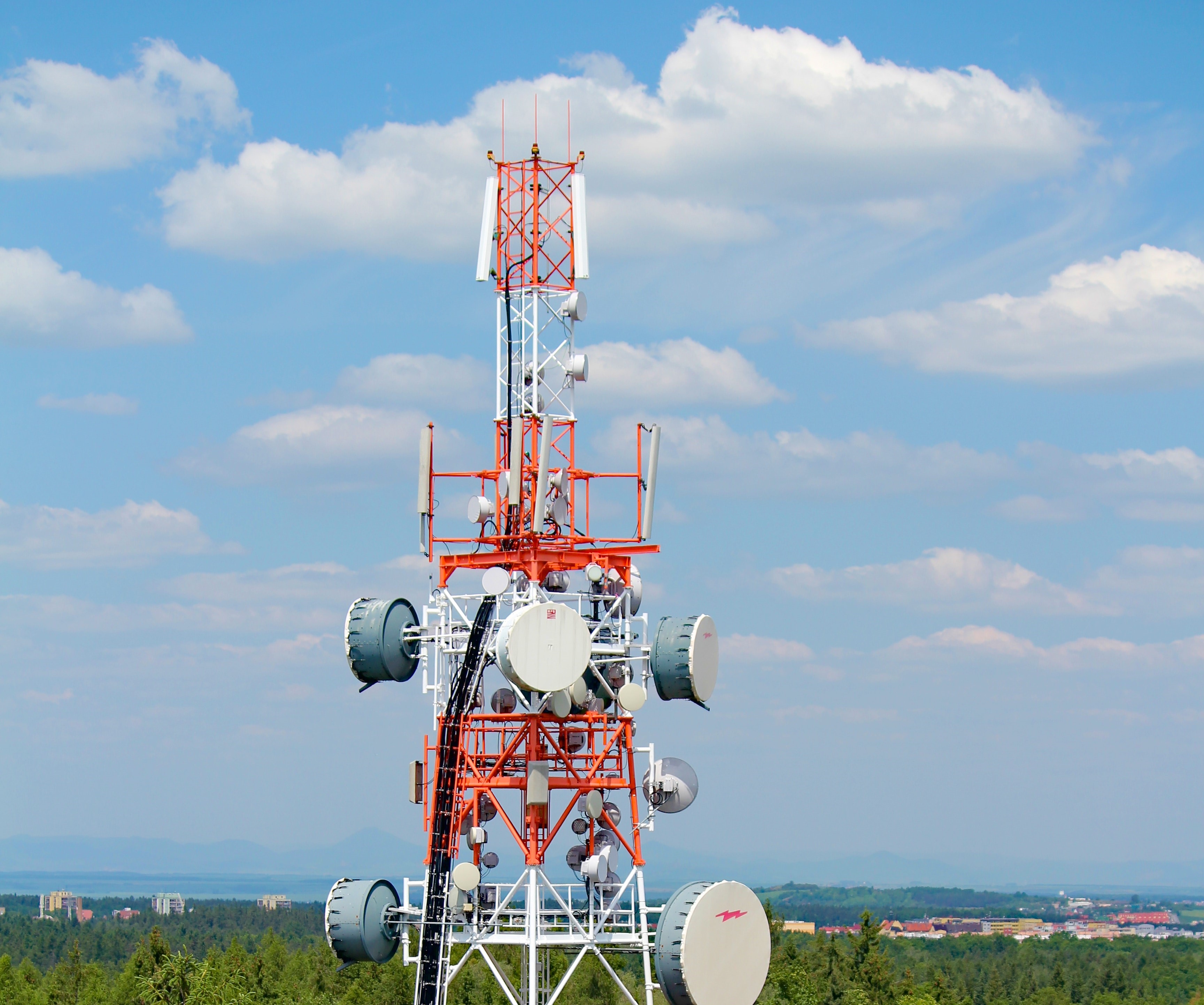
Started working at a mmWave manufacturer
Started working at a millimeter wave (mmWave) manufacturer. This means I’m learning more about physics focusing on electromagnetics, thermodynamics, and wide range of phenomena that impact Radio Frequency Communication devices and it’s awesome! But what’s mmWave?
30 seconds on Radio Frequency (rf)
Electromagnetic waves propagate through free space at specific spectrum ranges allowing for wireless communication using our atmosphere at as a transmission medium. Or that’s to say think of a phone, tablet, or computer connecting to a wireless internet connection. That device has a rf communication module oscillating (operating) at 2.4Ghz or 5Ghz both of which are in the Microwave wave range.
Oh and yes, microwave like the oven. In 1945, a radar engineer at Raytheon working on a military project discovered a melted chocolate bar in his pocket after exposure to the radiation. They determined microwave ovens heat food by passing non-ionizing electromagnetic radiation through it. Ionizing radiation (Gamma rays, X-rays) which can cause harmful effects like cancer are much smaller 2,400,000 Mhz and on the opposite end of the spectrum.
Microwave to mmWave - it’s the waves actual length!
-
Microwave 300MHz to 30GHz 1 to 0.01 meter -
MM Wave 30GHz to 300GHz 10mm to 1mm
Get it, millimeter wave.
So now what’s Millimeter Wave (mmWave) used for
The easiest way I’ve found that it is to understand mmWave is to understand it’s use through application. 5G & Internet of things (IoT) infrastructure, self driving cars with automotive radar, cubesat satellites the size of shoeboxes are some of buzz words currently being thrown around. All use mmWave components. NOTE: 5G, not to be confused with 5Ghz, will be operating into the 24 - 77 Ghz millimeter wave range. The latest 802.11ad Wi-Fi standard operating at 60GHz.
For 5G is about the bandwidth
As we have a greater demand of connectivity, more mobile internet users, more connected homes, cars, and devices there’s a need to send a greater volume data ‘over the wire’ a greater velocity. To solve that problem a smaller wave length is used that can oscillate (be generated over and over again) faster since it’s smaller. With that comes a whole suite of problems concerning environment, atmosphere, system design, etc,.
For Self driving cars it’s about embedded radar
Vehicles driving down the road today have onboard electronics systems that are extraordinarily complex with sensors capable of communicating with data center relaying real-time trip events. The NHTSA (National Highways Traffic Safety Administration) announced 99% of U.S. automakers have agreed by 2022 to have precrash systems with forward collision warning systems to prevent or reduce the severity of a collision. In part, this system requires a forward facing radar operating in mmWave frequency that’s able to transmit a signal out, and then receive a reflection from the obstacles.
CubeSats enabling unprecedented access to space
CubeSats are cost-effective independent means of getting instruments into orbit. A basic 1U, simplest form factor, can cost about $50,000 to construct making it a viable option for universities as well as small businesses developing for commercial purposes.